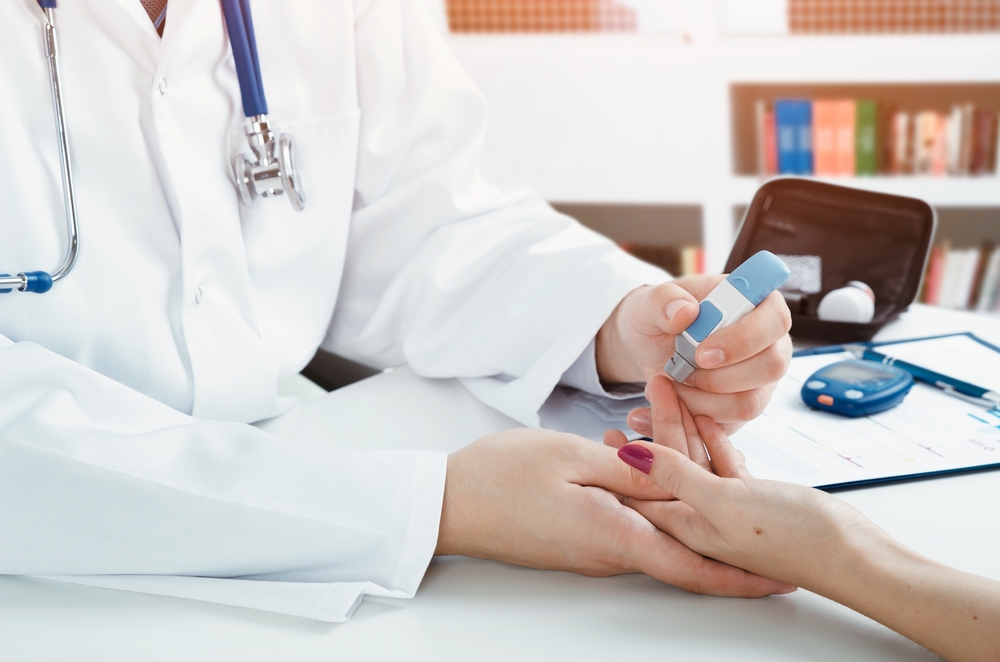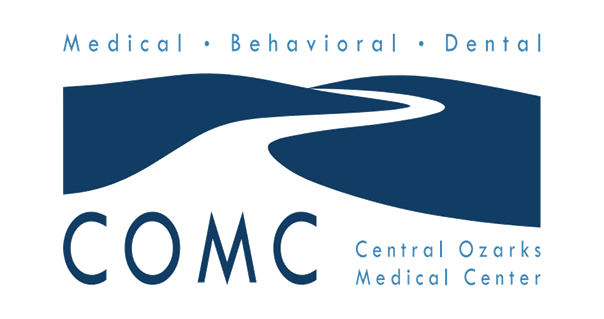Your body is a complex, interconnected machine. In order to survive and thrive, your body relies on a complicated network of internal and external systems. When these systems work together cohesively, the body functions well. These people typically lead long, healthy lives.
Unfortunately, some people are not quite so lucky. When the body’s systems do not work together properly, it creates a state of dis-ease (“disease”). At Central Ozarks Medical Center, our job is to help prevent and remedy these states of dis-ease so that our patients may lead healthier lives. In honor of American Diabetes Alert Day on March 28, we are using this week’s blog to take a closer look at diabetes – a dangerous disease that threatens millions of today’s Americans.
How Diabetes Works
Food is energy. When you eat, your body must break down the food you consume into usable energy. Part of this process involves breaking the sugars in your food down into glucose. The pancreas releases a hormone called insulin that helps your cells internalize the glucose so they can use its energy.
In people with diabetes, there is a disconnect in this system. For various reasons, the cells do not have a chance to use the energy in the glucose. As a result, the cells may starve and the amount of glucose in the blood (commonly called “blood sugar level”) may reach dangerous levels. Diabetes typically manifests in two primary forms: type 1 and type 2.
- Type 1 diabetes typically affects children and teens. In type 1 diabetes, the body does not recognize the cells that identify glucose levels and produce appropriate amounts of insulin as a part of itself. As a result, the immune system attacks and destroys these cells, rendering the body unable to produce needed insulin. Type 1 diabetes is an autoimmune disease. People diagnosed with type 1 diabetes often receive insulin shots several times per day.
- Type 2 diabetes is often called “adult onset” diabetes, as it typically does not manifest in people until they are at least 35 years of age. Unlike those diagnosed with type 1 diabetes, people with type 2 diabetes are able to produce some of their own insulin. However, there is still a break down somewhere in the process. They may produce incorrect amounts of insulin, or the insulin may not be successful in helping the cells metabolize the glucose. Type 2 diabetes generally affects adults who are overweight and who maintain a sedentary lifestyle. It is best treated by instigating lifestyle changes to lose weight, become more active, and consume less sugar. Medications may also be prescribed.
Though these are the two primary forms of diabetes, they are not the only ways that diabetes can manifest. Some people have prediabetes, which is a condition marked by slightly elevated blood sugar levels. When blood sugar levels remain slightly elevated, it may be a sign that the patient is at risk for developing type 2 diabetes. Some women also suffer from gestational diabetes, which occurs when they develop diabetic symptoms during pregnancy.
The Prevalence Of Diabetes
Diabetes, specifically type 2 diabetes, is one of the most concerning epidemics facing our country. According to the Center for Disease Control and Prevention (CDC), more than 29 million Americans are currently living with diabetes, and an additional 86 million are living with prediabetes. Type 2 diabetes is by far the most prevalent form, as it accounts for 90-95% of all cases of diabetes in the United States.
Long-Term Health Consequences Of Diabetes
As a chronically obese culture, almost everyone knows someone who suffers from some form of diabetes. Because this condition – especially prediabetes – is so common, many people don’t give much thought to it. However, diabetes is a serious health condition that, if left untreated, can result in severe long-term consequences. Complications that result from diabetes may include:
- Blindness
- Heart disease
- Stroke
- Kidney disease
- Amputations
The amputations can occur at any extremity, but they most commonly occur in the feet. They are due to serious infections that develop in extremities as a result of long-term damage to local nerves and blood vessels.
American Diabetes Alert Day
In recognition of the prevalence and risks of this health condition in our country, March 28th has been designated American Diabetes Alert Day. This is the perfect day to get screened for diabetes or prediabetes, as well as to be proactive about reducing your risk of developing type 2 diabetes. It is important to recognize that this condition is frequently genetic; if your family has a history of diabetes, you may automatically be more likely to develop it.
If you would like to learn more about diabetes or if you think you may be at risk for developing this condition, please reach out to one of our experienced Missouri primary care providers. Our team can help you judge whether or not you may be at risk and help you take steps to reduce this risk. For more information about our health clinics in central Missouri, visit us online at www.CentralOzarks.org.
Central Ozarks Medical Center
Keeping Lack of Insurance From Being a Roadblock to Quality Healthcare
For Appointments Call
573.765.5141 — Richland
573.302.7490 — Osage Beach
573.346.4446 — Camdenton
573.317.9200 — Stone Castle
573.765.2510 — Dental
Serving Camdenton, Laclede, Pulaski, and Miller Counties



